A System Restore allows you to restore your computer to a previously saved state that you can do when you are facing any issue on your Windows computer. That is why keeping an updated System Restore Point is necessary. In this post, we will learn how to automatically create a System Restore Point at startup in Windows 11/10 to ensure that your restore point doesn’t lack in any recent configuration.
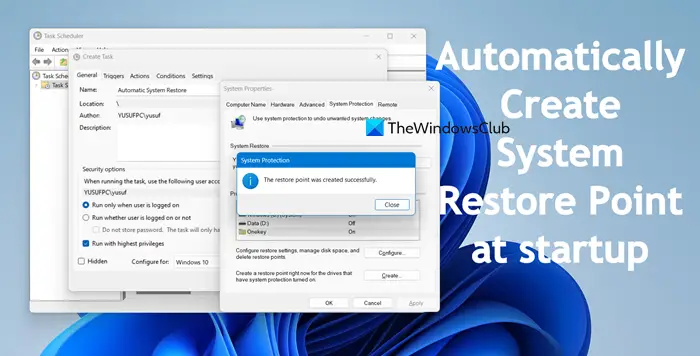
What is a System Restore Point?
A System Restore Point will capture resident programs, their settings, and Windows Registry as an image and back up a few things that are necessary to reconstruct the system drive to the point if you opt to go back. Windows will create a system restore point automatically periodically by default. The Windows OS also creates a system restore point when it detects a major change happening to your system – like when you are installing Windows Updates, Drivers, or at times Software.
Automatically Create System Restore Point at startup
To do this, you will have to make use of the Task Scheduler, which is an inbuilt Windows tool that helps users perform a task at a predefined time.
Before proceeding, make sure you have created a system restore point and backed up your Registry files.
Next, ensure that System Protection is turned On for your C drive or system drive.
Now press Win + R, type regedit, and hit Enter to open the Registry Editor. Next, navigate to the following key:
HKEY_LOCAL_MACHINE\SOFTWARE\Microsoft\Windows NT\CurrentVersion\SystemRestore
On the right-hand side, right-click on the empty space, select New > DWORD (32-bit) Value.
Name it SystemRestorePointCreationFrequency. By default, the key value would be 0. Do not change it.
Now, open Task Scheduler. To do this, enter taskschd.msc it in your Run prompt and hit Enter.
Now you will have to create & schedule a basic task.
In the right-hand side of Task Scheduler, you will find Create Task option under Actions Tab. Click on it.
In the General tab, enter a Name, select Run whether user is logged on or not as well as Run with highest privileges. Also, select your Windows version in the Configure for Menu. Select the operating system you are using, if you are using Windows 11, and the option is not available, select Windows 10.
Hit the OK button and go to the Triggers tab.
Here, click on the New button. Select At startup in the Begin the task drop-down menu and click on the OK button.
Now, go to the Actions tab and select New. Choose Start a program in the Action menu, write wmic.exe in the Program/script box, and enter the following link in the Add arguments box:
/Namespace:\\root\default Path SystemRestore Call CreateRestorePoint "Startup Restore Point", 100, 7
For your information, you can replace “Startup Restore Point” in the above text with any other name of your choice. Whatever you choose, will be the name of the created system restore point.
Click on the OK button and go to the Conditions tab. Here uncheck the option called Start the task only if the computer is on AC power and hit the OK button.
Now you need to enter your username and password.
That’s it!
Now, whenever you open your computer, a new system restore point will be created automatically. In case you want to stop this, you will have to just delete the task from Task Scheduler.
I hope this works for you!
Our freeware Quick Restore Maker lets you manually create system restore points with a single click. You might want to check it out too.
How to make Windows automatically create a System Restore point at startup?
In order to make Windows automatically create a System Restore Point at startup, we need to create the SystemRestorePointCreationFrequency registry key and then draft a task and schedule it using the Task Schedule. We have mentioned a detailed guide earlier, just go through it and you will be able to create a task.
Read: Failed to create System Restore Point, Error 0x80070422
How often does the system create restore points automatically?
Your Windows computer creates restore points once a day by default. It continually monitors system activity and creates a restore point when particular activities occur. When it recognizes certain activities such as the installation of software, it creates a restore point.
Also Read: Create a Restore Point using Command Prompt or PowerShell in Windows 11/10.
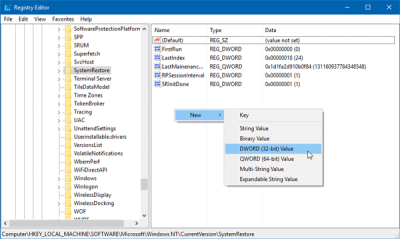
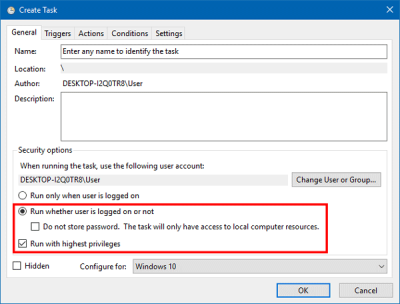
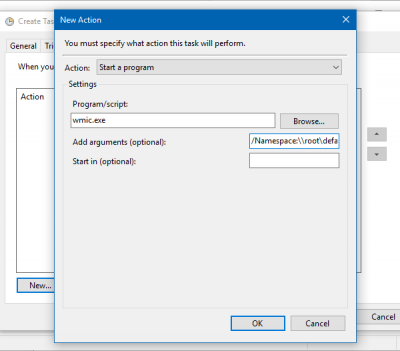
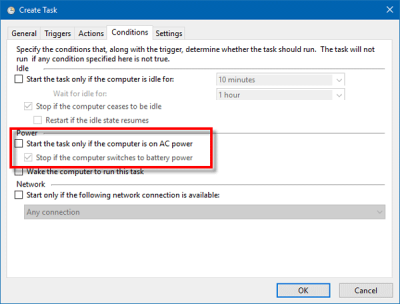
Tried this. WSR has no qualms creating restore points, it also has no qualms deleting them either. I’ve had them deleted on even the most simplest of tasks. I’ll be sticking with RollBack Rx for now but I’ll keep testing WSR to see if it improves.
Tried
How to automatically create System Restore Point at startup in Windows 10/8/7
I become crazy.
WhenI start upmy pc,there is no restore point created. When I restart again, than it is created.
How can I fix this,that i don’t have to restart again, but that it is created immediately when starting up the first time.
Another question: Quick restore point makers don’t work after the anyversary update. Is there a new version that will work?